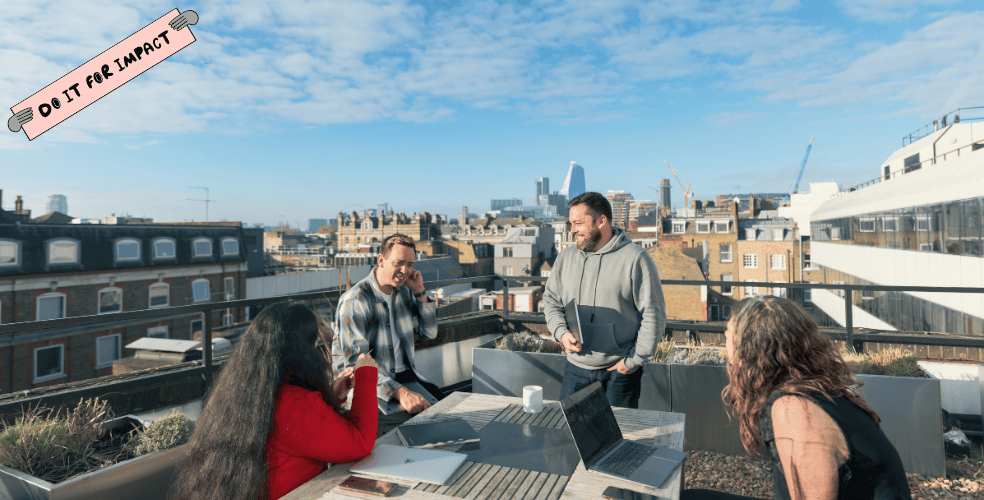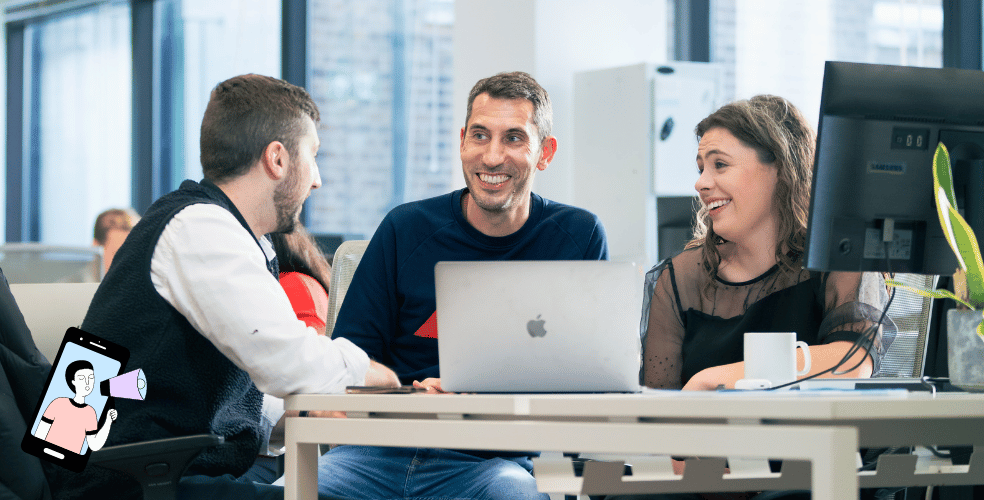We’re all in a battle for attention. In a world where people are constantly juggling competing demands, it’s no surprise that change feels harder than ever to achieve. Recent research found that nearly half the public (49%) say they feel like their attention span is shorter than it used to be, while 63% feel ‘weighed down’ by their to-do lists, and 50% have delayed important tasks because it felt overwhelming. Time seems to be the most elusive resource in our modern lives, making it harder for any initiative to break through the noise.
To break through, we have to create an environment where people are encouraged or motivated to use services. Then they’ll use them because they see the value brought to their lives.
For them to see the value, we need to value their time and understand how they use their attention.
Designing public services that compete for attention
At TPXimpact, we specialise in helping organisations navigate and implement complex change. But this isn’t just the kind of change that involves rolling out services like car tax payments to every citizen. It's about changing behaviours and redirecting attention in new ways. A lot of the time, this doesn’t mean helping users make the same decisions faster, but helping them make better decisions in a complex policy landscape.
We're focused on using design and technology to make the most of people's time, creating more meaningful interactions with services. In a world that demands more of our attention, we need to help organisations capture and hold it in impactful ways. Value needs to be delivered incrementally, not in a big bang. Handoffs between services need to be understandable and trustworthy. As Richard Pope says in Platformland:
"Rather than designing seamless public services, we should aspire to design better seams."
With this kind of change, you can’t just retire an old service and expect people to automatically adopt something new. Or pass a law and think that’ll be enough. Change requires a more nuanced approach.
Whether we’re streamlining the home-buying process or enabling civil servants to manage complex casework more effectively, we know that we can’t always expect users to know the best way to engage with a service. In their 2023 report on Digital Inclusion, the Good Things Foundation points out that people need so much more than a simple experience to engage with public services.
"Digital inclusion is more than access; it is about having the digital skills, motivation, and understanding to use the internet safely and confidently."Helen Milner OBE
CEO, Good Things Foundation
Behavioural change requires more than just technology
Putting a service out into the world and hoping for organic uptake through word-of-mouth or search engines isn’t always enough. If the incentives aren’t strong enough, services can fade into obscurity. That’s why part of delivering extraordinary services involves managing the change that accompanies the introduction of new systems, products, and touchpoints. It’s not just about the technology, it’s about people.
Along with great service design, the old adage still stands: "communicate, communicate, over-communicate."
Over the years, I’ve seen what works (and what doesn’t) when it comes to change within organisations.
-
If you want the leadership team to take action, put it out through internal comms.
-
If you want staff to follow suit, put it on the internet.
-
But if you want users to change their behaviour? Not even the Prime Minister will be able to convince them.
Creating extraordinary change through cross-disciplinary design
This is where extraordinary change comes in. Changing how users engage with and perceive complex services isn’t something digital service design and product alone can accomplish. It’s not something service design, communications, or even accessibility efforts can address in isolation.
But when you combine all of these elements, in the right balance and sequence, and when you identify the tiny upstream change that has huge downstream consequences, you just might have a fighting chance at real, sustainable change. And that’s what makes it extraordinary.
Our recent insights
Transformation is for everyone. We love sharing our thoughts, approaches, learning and research all gained from the work we do.
-

Budget 2025 reveals how digital funding really works
Read insight -

Unlocking the benefits of AI for charities
Read insight -

What's the future for open data in the UK?
Read insight -

